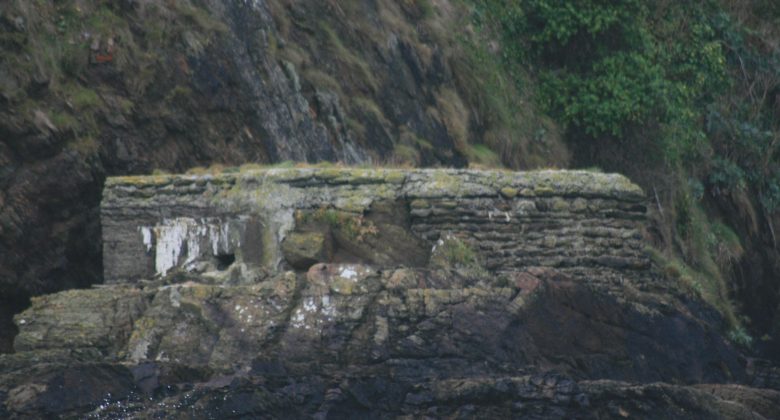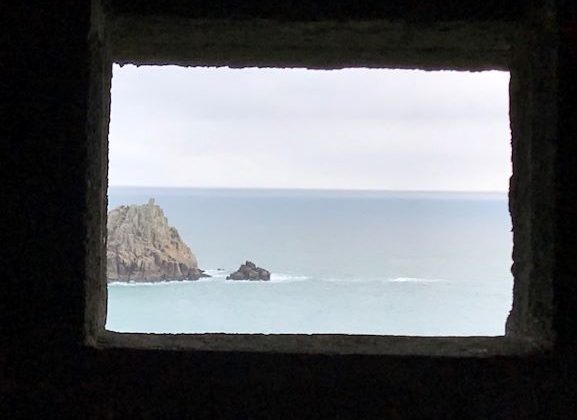Coastal Fortifications of the Second World War
2020 marks exactly 80 years since 1940 when Britain stood alone in the face of the seemingly invincible Nazi war machine.
After the fall of France to the Germans in June 1940 and with the very real threat of invasion of Britain by Hitler’s all-conquering forces, the British Government rapidly constructed many physical defences. Under the direction of General Ironside, the structures were concentrated across the South and East of the country in the places most likely to come under attack from invading forces. They defended the coast, key river crossings, and road and rail junctions. Fighter airfields, command and control centres and observation posts proliferated and the country very soon resembled a war zone and was poised to resist invasion. 1.5 million men were enrolled as part-time soldiers in the Home Guard and the speedy construction of coastal and field fortifications transformed much of the United Kingdom, especially southern England, into a battlefield ready to repel invaders. However, the effectiveness of these defences were never tested, thanks to Churchill’s “Few” of the RAF at the Battle of Britain and the presence of the Royal Navy’s Home Fleet.
Cornwall played a major role in the Second World War, not only with fighters who flew from the many RAF bases providing escorts for heavy bombers on their raids over France but also in the preparations for the D-Day Normandy landings.
Cornwall’s exposed peninsula was at risk from the air and the sea. During 1940 and 1941 thousands of bombs fell on the County and there were even airborne landings of enemy troops. The huge stretch of coastline and numerous beaches suitable for amphibious landings by enemy tanks and troops, became a fortress with lines of pillboxes, ‘dragon’s teeth’, minefields and miles of barbed wire. Exits from the beaches were blocked by anti-tank obstacles and defended roadblocks, with defences from the most at-risk beaches extending five miles inland to create highly defended areas.
What has become of these defensive structures from the Second World War?
Today, reinforced concrete structures such as pillboxes and anti-tank walls and ‘dragons teeth’ can be found in geographically strategic locations across Southern England. While a few of the more impressive have been restored and are tourist attractions and others are acknowledged through interpretive signage, most are long-forgotten and have become ruinous and half-hidden by encroaching nature. They are not valued in the same way as other built heritage in the landscape and our attitude towards them is often ambivalent. Their time is still within living memory, their Brutalist concrete architecture ugly, and they are often not viewed as structures of true historic interest.


Fowey's Coastal Fortifications
Click here to find out about Second World War Fortifications at FoweyPorthcurno's Extraordinary Second World War Defences
Click here to find out more about Porthcurno in the Second World War
